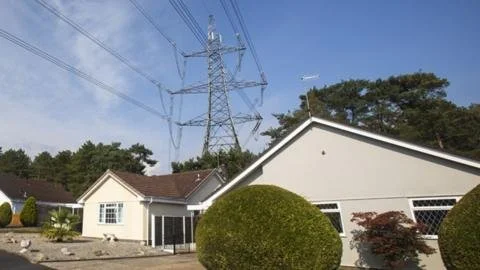Energy Bill Discounts: A Path to Cleaner Power or Pricey Landscape Sacrifice?
The UK government has unveiled plans to support households living near pylons by offsetting their energy bills, raising the average bill by 80p annually to fund discounts of up to £2,500 over ten years. This initiative, aimed at residents within 500m of new or upgraded pylons, acknowledges the significant development of infrastructure needed to meet clean energy targets. Energy Secretary Ed Miliband emphasized the necessity of recognizing the contributions of these communities while addressing the need for improved transmission systems, particularly given the current situation where renewable energy sources, like offshore wind farms, are frequently turned off due to inadequate infrastructure.
As part of the Planning and Infrastructure Bill, the initiative seeks to streamline building processes and eliminate prolonged delays in development. Besides the bill discounts, new guidelines will encourage energy developers to invest in local amenities, with potential funding of £200,000 per kilometer of overhead cables in an area, and £530,000 per substation, directed towards community projects such as sports clubs and educational programs.
While energy industry representatives have applauded this approach, stating it will expedite necessary infrastructure advancements and clean energy utilization, rural campaign groups have raised concerns regarding the adverse impact on landscapes and questioned the fairness of financial compensation for residents. The government intends to conduct further analyses on extending similar benefits to communities near other energy facilities, including wind farms. In addition, the proposed legislation aims to allocate priority status to ‘ready-to-go’ energy projects, aiming to mitigate current congestions in grid connection applications.
Overall, the government’s plan reflects a dual focus on promoting renewable energy infrastructure while attempting to compensate those most affected by its implementation, though it faces significant scrutiny from environmental advocates.

